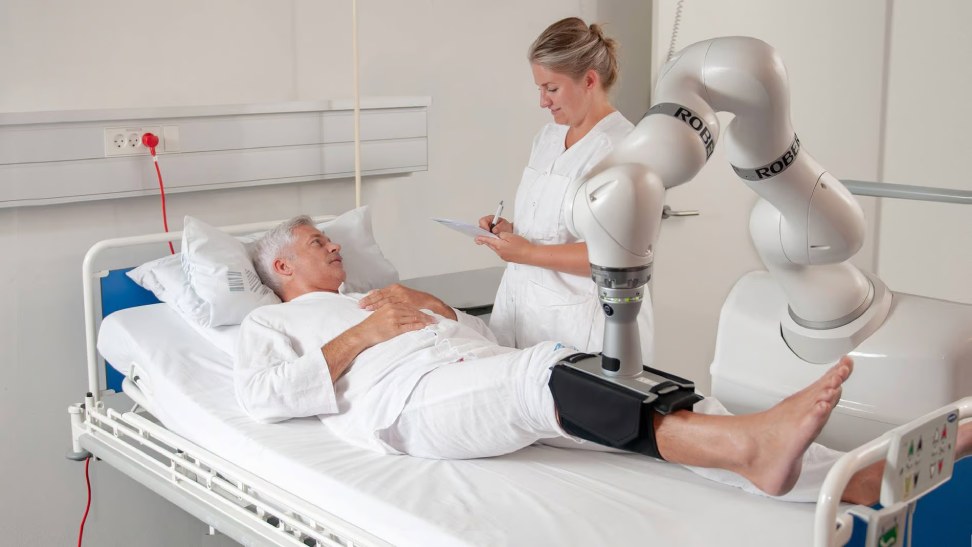Peterexch, Dhoombet, Go999exch: The integration of robotics in manufacturing processes has revolutionized the way products are produced in various industries. Robots are increasingly being utilized for tasks such as assembly, welding, painting, and packaging, allowing for increased efficiency and precision in production lines. By automating repetitive and labor-intensive tasks, manufacturers are able to enhance productivity and output quality while reducing the risk of errors and accidents.
Moreover, the implementation of robotics in manufacturing facilities has led to significant advancements in customization and flexibility of production processes. With the ability to quickly reconfigure and adapt to different product specifications, robotic systems enable manufacturers to respond swiftly to changing market demands and customer preferences. This agility in production offers businesses a competitive edge by facilitating the efficient production of diverse products at scale.
Applications of Robotics in Healthcare
The integration of robotics in healthcare has revolutionized various facets of the medical field. Robots are now being utilized in surgical procedures, reducing the margin of error and enhancing precision during operations. This advancement allows for minimally invasive procedures, leading to faster recovery times for patients.
Additionally, robotics in healthcare has paved the way for the development of robotic exoskeletons that assist individuals with mobility impairments. These devices provide support and enable patients to engage in physical therapy that would otherwise be challenging. Through robotic technology, patients are empowered to regain strength and mobility, improving their overall quality of life.
Impact of Robotics on Agriculture
Fun999exch, Goldbet7, Exch247: Robotic technology has revolutionized the agricultural sector by enhancing efficiency and productivity. Farmers can now automate various tasks such as planting, irrigation, and harvesting through the use of robotic systems. These machines are equipped with advanced sensors and imaging technologies that enable them to analyze soil conditions, monitor crop growth, and detect pests or diseases accurately.
Additionally, the implementation of robotics in agriculture has led to significant cost savings for farmers. By utilizing autonomous machinery for repetitive and labor-intensive tasks, farmers can reduce their reliance on manual labor, ultimately cutting down operational costs. Moreover, the precise and targeted application of resources facilitated by robotic systems has also contributed to reducing waste and environmental impact in the agricultural industry.
How are robotics being used in agriculture?
Robotics in agriculture are being used in tasks such as planting, harvesting, weeding, and monitoring crop health.
What are the benefits of using robotics in agriculture?
Some benefits of using robotics in agriculture include increased efficiency, reduced labor costs, and improved precision in tasks like planting and harvesting.
Are there any drawbacks to using robotics in agriculture?
Some potential drawbacks of using robotics in agriculture include the initial high cost of investment, the need for maintenance and technical expertise, and the potential displacement of human workers.
How do robotics in agriculture impact food production?
Robotics in agriculture have the potential to increase food production by improving efficiency, reducing waste, and enabling farmers to monitor and manage crops more effectively.
What is the future outlook for robotics in agriculture?
The future outlook for robotics in agriculture is promising, with continued advancements in technology expected to further improve efficiency, reduce costs, and address challenges such as labor shortages and climate change.

